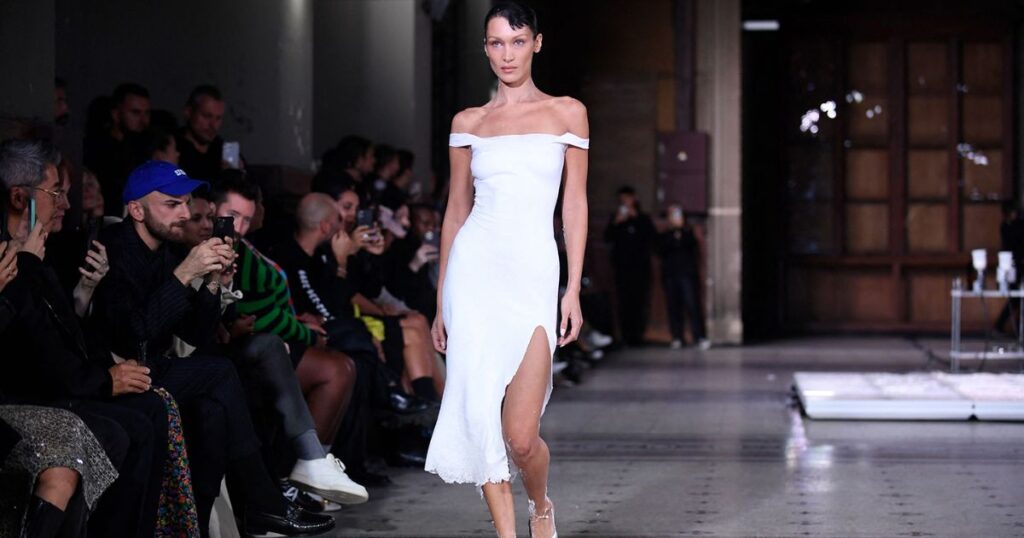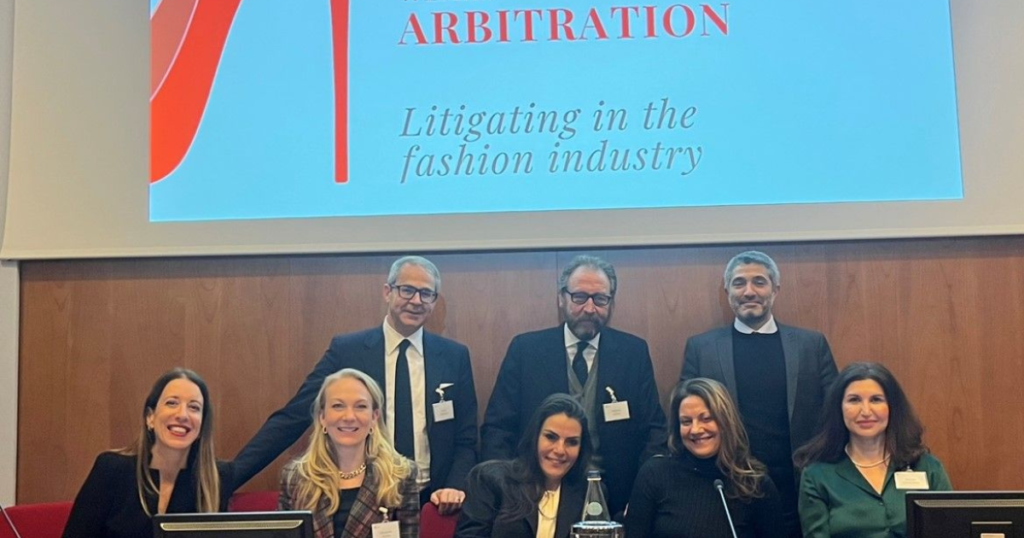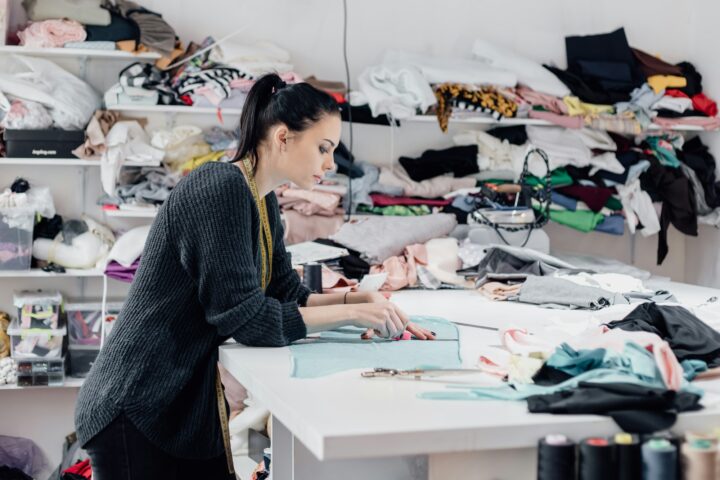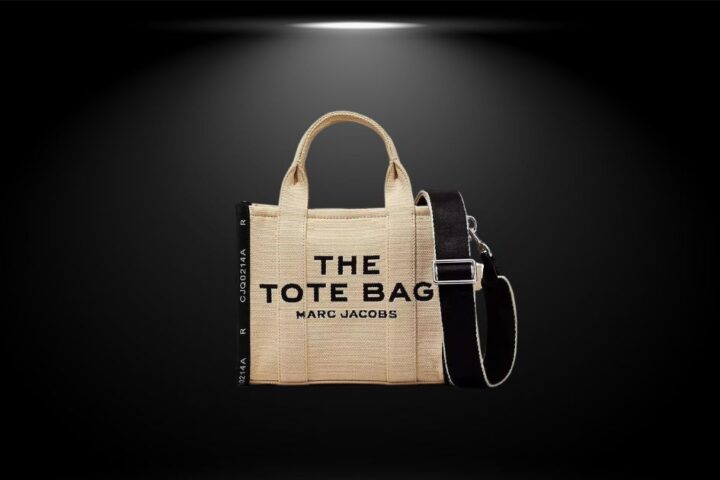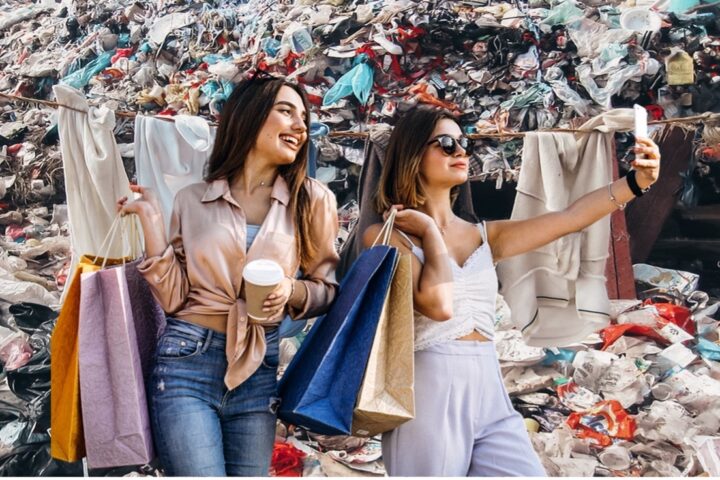The world order is becoming more and more unstable as a result of the tensions between Russia and Ukraine. After steadily accelerating in 2021, the global economic recovery is predicted to slow down. The most significant economic impact is being noticed in the logistics and commodity industries, where costs have skyrocketed. The economic prospects of major economies are anticipated to be impacted by a sharp increase in the cost of essential foods and fuels. These are anticipated to increase the already high levels of inflation, particularly in the economies of Europe, which are increasingly reliant on supplies from Russia and Ukraine.
In addition to the customary shifts in fashion, the retail clothing market has also experienced some unexpectedly significant changes. The ongoing war between Russia and Ukraine, which has been waging since February 2022, is to blame for the majority of these unforeseen happenings. The retailing of fashion has taken a significant impact in Russia. Major domestic brands have stopped doing business in the nation. Clothing companies from other countries have followed suit, including H&M, Zara, Marks & Spencer, and Nike. More than 400 international corporations reportedly stopped operating in Russia in March 2022. The crisis has had a significant impact on the fashion sector due to the numerous sanctions that are in place.
Payment problems caused by the sanctions are the main worry with regard to commercial flows with Russia, especially with regard to Asian nations like Bangladesh and Vietnam. The textile and garment industries in Asia and India may be harmed by this; however, Russian demand for these products is not as great. Every month, Russia purchased $650–700 million worth of textile and garment products from Asian nations, with solely apparel accounting for half of those imports. The Asian nations will lose close to $1-2 billion or more in export profits if Russian imports stop or drastically decrease for a period of time as a result of the sanctions, depending on how long they last. China is anticipated to see the greatest effects due to its huge monthly textile and garment shipments to Russia, which total close to $400 million. However, China’s internal supply issues and rise in COVID-19 infections have also had a significant influence on its exports. With close to $90–100 million shipped to Russia each month, Bangladesh is the second-largest exporter to that country. India exports clothing and textiles to Russia for close to $18-20 million each month, and in the upcoming months, it is possible that this sum may decrease.
The growing cost of vital raw materials like crude oil and food, which in turn boosts the cost of labour, is a major source of worry for the global textile and clothing sector. Numerous Asian economies rely largely on Russian coal and oil imports as well as Ukrainian food supply. According to an update from UNCTAD on the Russian-Ukrainian conflict, Turkey, China, Egypt, and India are the nations most reliant on food imports from Russia and Ukraine. Incidentally, these are also significant global suppliers of clothing and textiles. Turkey’s inflation has soared to roughly 54.4% in February 2022, which is predicted to have a substantial influence on sourcing from the nation. Consumer prices inflation in Bangladesh has also risen rapidly to
6.17 per cent, predominantly due to increase in food prices.
On March 7 of this year, oil prices reached a record high of $130 a barrel, setting a new high that had not been reached in nearly 14 years. The US, UK, and a few other EU countries were reportedly discussing a potential ban on oil purchases. Russia is the third-largest producer of crude oil in the world, selling about 5 million barrels daily. This accounts for 12% of global trade. It is predicted that such a ban may have an impact on the entire supply chain given the high price of oil.
It won’t be simple for clothing producers to import and export textile material due to the increasing freight expenses. These businesses may suffer significant losses as a result. Shipping companies have increased their pricing as a result of the growing cost of gasoline. Retailers and suppliers have been negatively impacted by this. Retailers and suppliers should prepare for additional losses if oil prices continue to rise.
Prior to the crisis, Russia and Ukraine made about 11% of the European retail market. However, as a result of the depreciation of the Russian currency, demand for Russian brands has been dropping. On the other hand, fashion stores are forced to raise their pricing due to the growing expenses of fuel and raw materials. For instance, the price of polyester and nylon have increased as a result of the rise in crude oil costs. These two both come from petroleum. Customers are shopping less as a result, which has an impact on the overall sales of the European retail business. Additionally, consumers’ confidence has been damaged and their propensity to spend money has dramatically dropped due to the suspension of operations by domestic and foreign retail businesses.
Supply is one of the biggest issues the world’s fashion business has to deal with. The vendors are still having trouble producing the desired amount. The majority of providers struggle to accurately predict and fulfil client demand. The cause of this is the post-conflict lack of labourers and raw supplies. Significant delays and even order cancellations have resulted from this. Normal conditions (i.e., having enough resources) would allow suppliers to easily meet client expectations. Now, however, this is not the case.
The war between Russia and Ukraine is increasingly having a greater influence on the global cotton textile supply chain. China ranks first among the major importers of textiles and clothing to Russia with a share of 43.8%, followed by Italy with 8.1%, Bangladesh with 6.4%, the Republic of Belarus with 6.3%, Turkey with 6.1%, and Vietnam with 6.1%. In the long run, given the changes in China-Russian ties and global commerce, China’s market share in Russian textile and clothing imports may rise further in order to cover the supply vacuum created by European and US sanctions. China exports very little textile and apparel to Russia, making it simple to meet Russia’s growing demand. But if the war affects the relations between the EU, Japan, and US and China, China’s exports of textiles and clothing may be clearly under pressure. This is due to the large export shares that the EU, Japan, and US hold for China.
With the rouble under pressure over the past few months and many multinational brands ignoring any current foreign investments in the country, sales have also decreased in the home market of Russia. With the US and EU blocking visas for the country’s high rollers and the West promising aid to Ukraine, the number of wealthy Russians visiting cities like London, Paris, and Milan to shop for luxury brands is declining. However, many brand experts and marketers believe it will only have a short-term effect and are optimistic about the crises’ long-term resolution.
In general, the Russian-Ukrainian war’s economic and other restrictions may result in a decline in the sale of textiles and clothing to Russia from numerous key exporting countries, with China potentially filling this gap. The Russian-Ukrainian war may have a greater influence on global trade flows than on total demand, despite the fact that Russia’s import demand for textiles and clothing represents a relatively minor percentage of worldwide demand.
References
Six months on: Impact of the Ukraine-Russia war on Europe’s apparel market, JUST STYLE (2022), https://www.just-style.com/analysis/six-months-on-impact-of-the-ukraine-russia-war-on-europes-apparel-ma
rket/ (last visited Oct 19, 2022).
www.fibre2fashion.com, Russia-Ukraine Conflict: Impact on Logistics and Textiles-Apparel Industry, http://www.fibre2fashion.com/industry-article/9361/russia-ukraine-conflict-impact-on-logistics-and-textiles- apparel-industry?amp=true (last visited Oct 19, 2022).
Exports to Russia returning to normalcy, THE DAILY STAR (2022), https://www.thedailystar.net/business/global-economy/news/exports-russia-returning-normalcy-3145441 (last visited Oct 19, 2022).
Impact of the Russia-Ukraine Conflict on Apparel Industry – Thematic Research, MARKET RESEARCH REPORTS & CONSULTING | GLOBALDATA UK LTD.,
https://www.globaldata.com/store/report/impact-of-the-russia-ukraine-conflict-on-apparel-theme-analysis/ (last visited Oct 19, 2022).
Praveen Paramasivam, Ukraine war to sully clothes sales from Levi to Ralph Lauren, REUTERS, March 8, 2022,
https://www.reuters.com/markets/europe/ukraine-war-sully-clothes-sales-levi-ralph-lauren-2022-03-08/ (last visited Oct 19, 2022).
Textile Excellence, Consumer Spending Habits Impacted By Russia-Ukraine War: Survey | Textile Excellence – Textile & Apparel Newspaper / Magazine, (2022), https://www.textileexcellence.com/news/consumer-spending-habits-by-russia-ukraine-war-survey/ (last visited Oct 19, 2022).
Author: Ashutosh Gupta




